- Home
- BSH Trust
- Clinical Services
- Academics
- IQAC
- Research
- Sunaad School
- MTC
- Outreach Services
- Alumni
- Statistics
- Publication
- Collaborations
- Blog
Sl No
Name and Address
Designation
Phone No.
1
Dr. Sis. M. Genevieve
Administrator Teresian College,
Siddarthanagar Mysore – 570 011
Chairperson
0821-2471316
Mob: 9480090398
vieveper@yahoo.co.in
2
Mrs. Nafis Fathima
Member of the Syndicate
Bangalore University No. B-2/8, Momin Villa,
SFS-117, B-Sector Yelahanka New Town
Bangalore – 560 064
University Member
3
Dr. Lalitha Aswath
Professor Department of Library & Information Science
Bangalore University Jnanabharathi Campus
Bangalore – 560 056
University Member
4
Dr. P.S. Maiya
116/1, Bull Temple Road Basavangudi
Bangalore – 560 019
Subject Expert & Member
9845298683
5
Dr. M.S. Mahadevaiah
Spastics Society of Karnataka
No. 31, 5th Cross, Off 5th Main Indiranagar I Stage
Bangalore – 560 038
Subject Expert & Member
22131596
6
Dr. Shobha Srinath
Professor of Psychiatry
Head of the Child and Adolescent Unit, NIMHANS
Bangalore – 560 029
Subject Expert & Member
9886613320
7
Dr. Prathibha Karanth
Trustee. Bangalore Speech and Hearing Trust
Hennur Road Bangalore – 560 084
Member
9448384809
(O) 25800826
8
Dr. M.S. Venkatesh
Chairman and Director
Dr. S.R. Chandrasekhar Institute of Speech and Hearing
Hennur Road, Bangalore – 84
Member
9900107073
9
CA. D.L. Suresh Babu
Secretary Bangalore Speech & Hearing Trust
C/o Suresh & Company Chartered Accountants
“Srinidhi”, 1st Floor, No. 43/61,
Surveyors Street Basavanagudi, Bangalore-4
Member
9845201332
(O) 26509214 / 26623611
10
Prof. R. Rangasayee
Director (Technical)
Dr. S.R. Chandrasekhar Institute of Speech and Hearing
Hennur Road, Bangalore – 84
Member
9902948970
11
Dr. Rashmi Bhat
Professor & Vice principal
Dr. S.R. Chandrasekhar Institute of Speech & Hearing
Hennur Road, Bangalore – 84
Member
9448363467
12
Dr. B.S. Premalatha
Professor & HOD in Speech Pathology
Dr. S.R. Chandrasekhar Institute of Speech and Hearing
Hennur Road, Bangalore – 84
Member
9845276134
13
Dr. Madhuri Gore
Professor & Principal
Dr. S.R. Chandrasekhar Institute of Speech & Hearing
Hennur Road, Bangalore – 84
Convenor
9448838324
14
Parent Member
Parent Representative
15
SASH Member
President of SASH

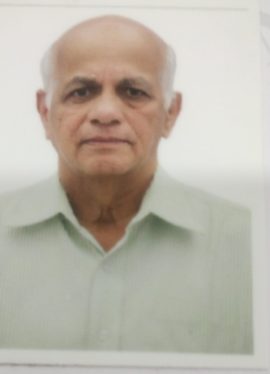




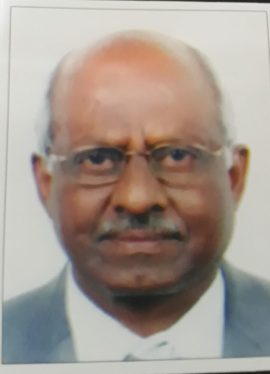
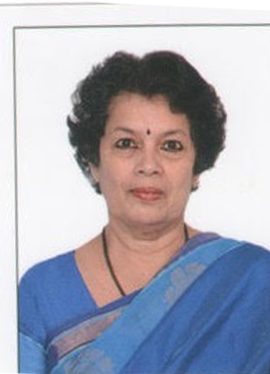
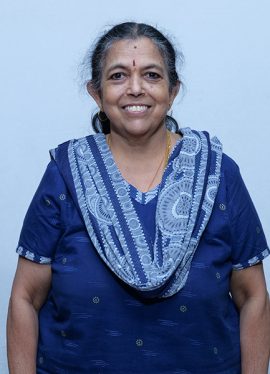
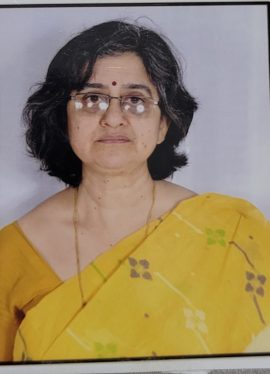
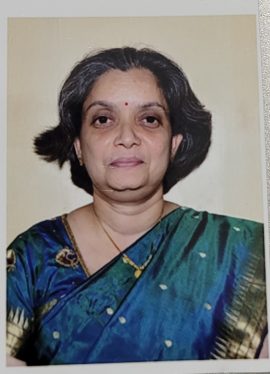
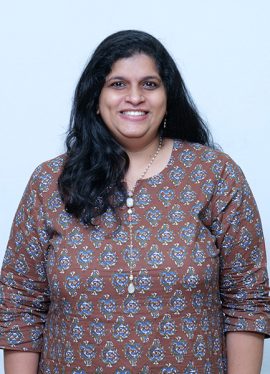


No products in the cart.
We firmly believe that the internet should be available and accessible to anyone, and are committed to providing a website that is accessible to the widest possible audience, regardless of circumstance and ability.
To fulfill this, we aim to adhere as strictly as possible to the World Wide Web Consortium’s (W3C) Web Content Accessibility Guidelines 2.1 (WCAG 2.1) at the AA level. These guidelines explain how to make web content accessible to people with a wide array of disabilities. Complying with those guidelines helps us ensure that the website is accessible to all people: blind people, people with motor impairments, visual impairment, cognitive disabilities, and more.
This website utilizes various technologies that are meant to make it as accessible as possible at all times. We utilize an accessibility interface that allows persons with specific disabilities to adjust the website’s UI (user interface) and design it to their personal needs.
Additionally, the website utilizes an AI-based application that runs in the background and optimizes its accessibility level constantly. This application remediates the website’s HTML, adapts Its functionality and behavior for screen-readers used by the blind users, and for keyboard functions used by individuals with motor impairments.
If you’ve found a malfunction or have ideas for improvement, we’ll be happy to hear from you. You can reach out to the website’s operators by using the following email
Our website implements the ARIA attributes (Accessible Rich Internet Applications) technique, alongside various different behavioral changes, to ensure blind users visiting with screen-readers are able to read, comprehend, and enjoy the website’s functions. As soon as a user with a screen-reader enters your site, they immediately receive a prompt to enter the Screen-Reader Profile so they can browse and operate your site effectively. Here’s how our website covers some of the most important screen-reader requirements, alongside console screenshots of code examples:
Screen-reader optimization: we run a background process that learns the website’s components from top to bottom, to ensure ongoing compliance even when updating the website. In this process, we provide screen-readers with meaningful data using the ARIA set of attributes. For example, we provide accurate form labels; descriptions for actionable icons (social media icons, search icons, cart icons, etc.); validation guidance for form inputs; element roles such as buttons, menus, modal dialogues (popups), and others. Additionally, the background process scans all of the website’s images and provides an accurate and meaningful image-object-recognition-based description as an ALT (alternate text) tag for images that are not described. It will also extract texts that are embedded within the image, using an OCR (optical character recognition) technology. To turn on screen-reader adjustments at any time, users need only to press the Alt+1 keyboard combination. Screen-reader users also get automatic announcements to turn the Screen-reader mode on as soon as they enter the website.
These adjustments are compatible with all popular screen readers, including JAWS and NVDA.
Keyboard navigation optimization: The background process also adjusts the website’s HTML, and adds various behaviors using JavaScript code to make the website operable by the keyboard. This includes the ability to navigate the website using the Tab and Shift+Tab keys, operate dropdowns with the arrow keys, close them with Esc, trigger buttons and links using the Enter key, navigate between radio and checkbox elements using the arrow keys, and fill them in with the Spacebar or Enter key.Additionally, keyboard users will find quick-navigation and content-skip menus, available at any time by clicking Alt+1, or as the first elements of the site while navigating with the keyboard. The background process also handles triggered popups by moving the keyboard focus towards them as soon as they appear, and not allow the focus drift outside of it.
Users can also use shortcuts such as “M” (menus), “H” (headings), “F” (forms), “B” (buttons), and “G” (graphics) to jump to specific elements.
We aim to support the widest array of browsers and assistive technologies as possible, so our users can choose the best fitting tools for them, with as few limitations as possible. Therefore, we have worked very hard to be able to support all major systems that comprise over 95% of the user market share including Google Chrome, Mozilla Firefox, Apple Safari, Opera and Microsoft Edge, JAWS and NVDA (screen readers), both for Windows and for MAC users.
Despite our very best efforts to allow anybody to adjust the website to their needs, there may still be pages or sections that are not fully accessible, are in the process of becoming accessible, or are lacking an adequate technological solution to make them accessible. Still, we are continually improving our accessibility, adding, updating and improving its options and features, and developing and adopting new technologies. All this is meant to reach the optimal level of accessibility, following technological advancements. For any assistance, please reach out to

